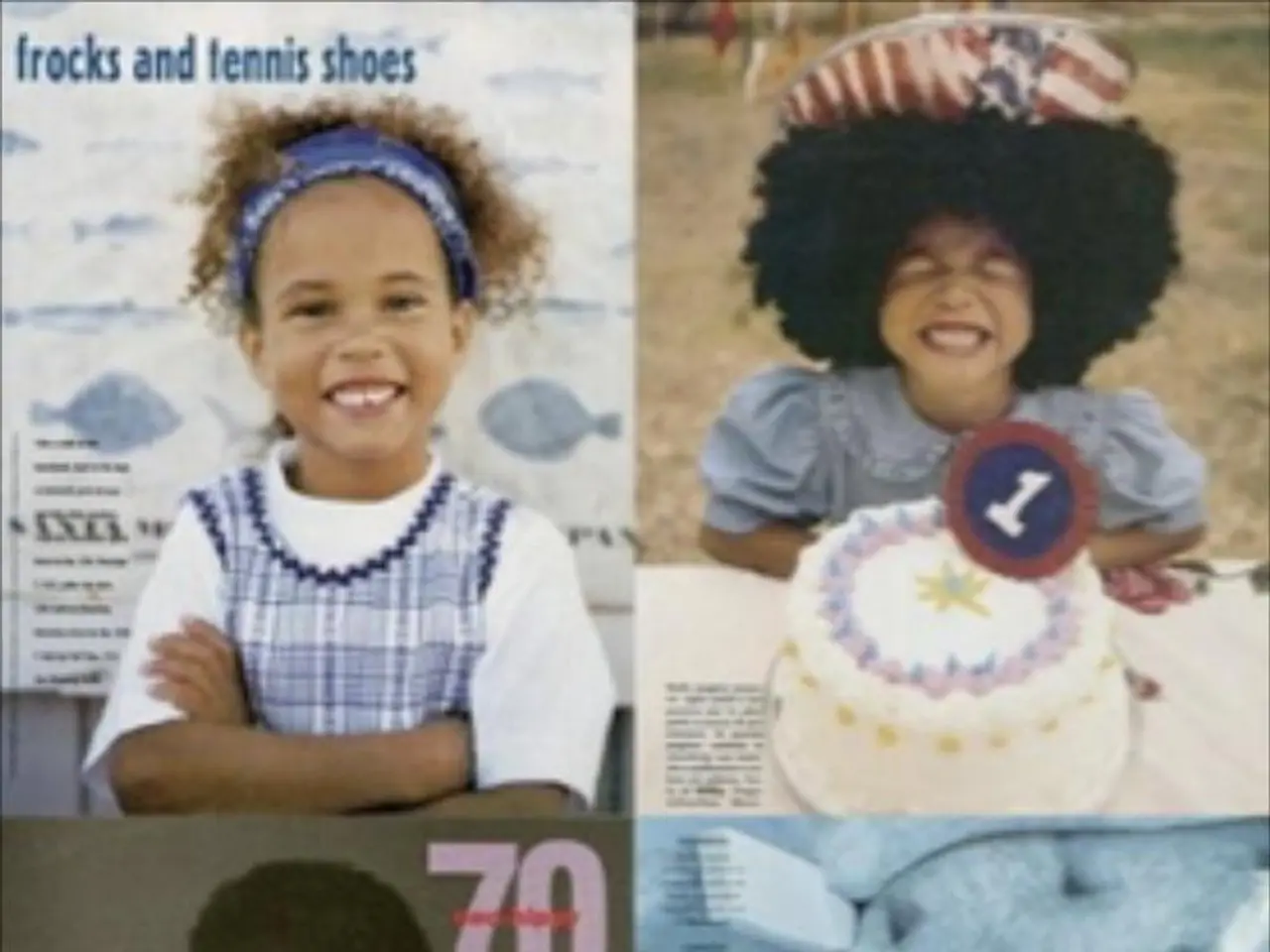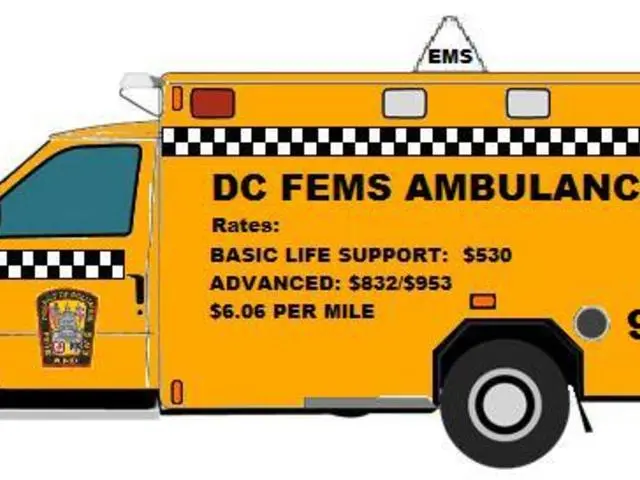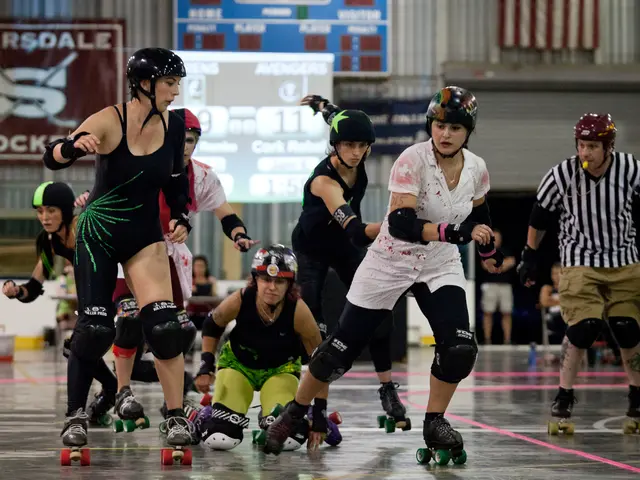"Exploring the Vocabulary of Affection - Addressing Past Childhood Woundings"
In the realm of healing from childhood trauma, seeking professional help is crucial. Established therapies, such as Trauma-focused Cognitive Behavioral Therapy (TF-CBT), Eye Movement Desensitization and Reprocessing (EMDR), Internal Family Systems (IFS), and somatic therapies, have shown strong empirical support in addressing trauma processing and attachment repair [2].
However, understanding the role of the 5 Love Languages—Words of Affirmation, Quality Time, Receiving Gifts, Acts of Service, and Physical Touch—in this context is a topic of interest. While the 5 Love Languages framework, popularized by Gary Chapman, is widely used in relationship counseling to improve communication and emotional connection, it lacks a research base specifically linking it to trauma recovery from childhood experiences [1].
The 5 Love Languages can be a helpful heuristic for individuals and couples to express and receive care, potentially aiding relational healing. For instance, giving gifts can create good memories and guarantee love's presence, while shared activities can increase closeness and emotional understanding [1]. However, it is essential to note that these concepts align with general relationship principles rather than being clinically validated trauma therapies [2].
Research-backed couples therapy models like the Gottman Method and Emotionally Focused Therapy have stronger empirical evidence than the 5 Love Languages approach [4]. The 5 Love Languages may serve as a complementary tool for fostering emotional connection but should not replace clinically supported trauma interventions.
In the realm of interpersonal support, trauma-informed adaptations sometimes reference using personalized expressions of care that resemble love languages to improve emotional safety. However, this guidance is theoretical and practice-based rather than grounded in controlled scientific studies [5].
Articles addressing childhood trauma emphasize the lack of widely accepted language and frameworks to describe emotional needs and validation in trauma survivors, hinting that frameworks like the love languages might help conceptualize missing emotional support. However, these are observations rather than evidence of healing efficacy [1].
In conclusion, while the 5 Love Languages approach can be a helpful heuristic for individuals and couples to express and receive care—potentially aiding relational healing—it is not currently supported by scientific studies as a validated intervention for the long-term psychological effects of childhood trauma. Established trauma therapies focused on symptom processing, attachment, and safe relational environments remain the recommended evidence-based approaches.
References:
[1] "Childhood Trauma and the Lack of a Widely Accepted Language for Emotional Needs." Psychology Today. Accessed 2022-03-14.
[2] "Evidence-Based Treatments for Childhood Trauma." National Child Traumatic Stress Network. Accessed 2022-03-14.
[4] "The Gottman Method: What It Is and How It Works." Verywell Family. Accessed 2022-03-14.
[5] "Trauma-Informed Care in Mental Health." Substance Abuse and Mental Health Services Administration. Accessed 2022-03-14.
- An individual's understanding of the 5 Love Languages can potentially aid in the expression and reception of care within relationships, which might contribute to relational healing, but it is essential to note that this approach lacks scientific support as a validated intervention for the long-term psychological effects of childhood trauma.
- While the 5 Love Languages may be useful in relationship counseling to improve communication and emotional connection, there is a lack of research specifically linking it to trauma recovery from childhood experiences when compared to established trauma therapies.
- In the field of health-and-wellness, mental-health, and lifestyle, incorporating personalized expressions of care that resemble love languages as a part of trauma-informed adaptations can improve emotional safety, but it is important to acknowledge that this guidance is theoretical and requires empirical support from controlled scientific studies.




